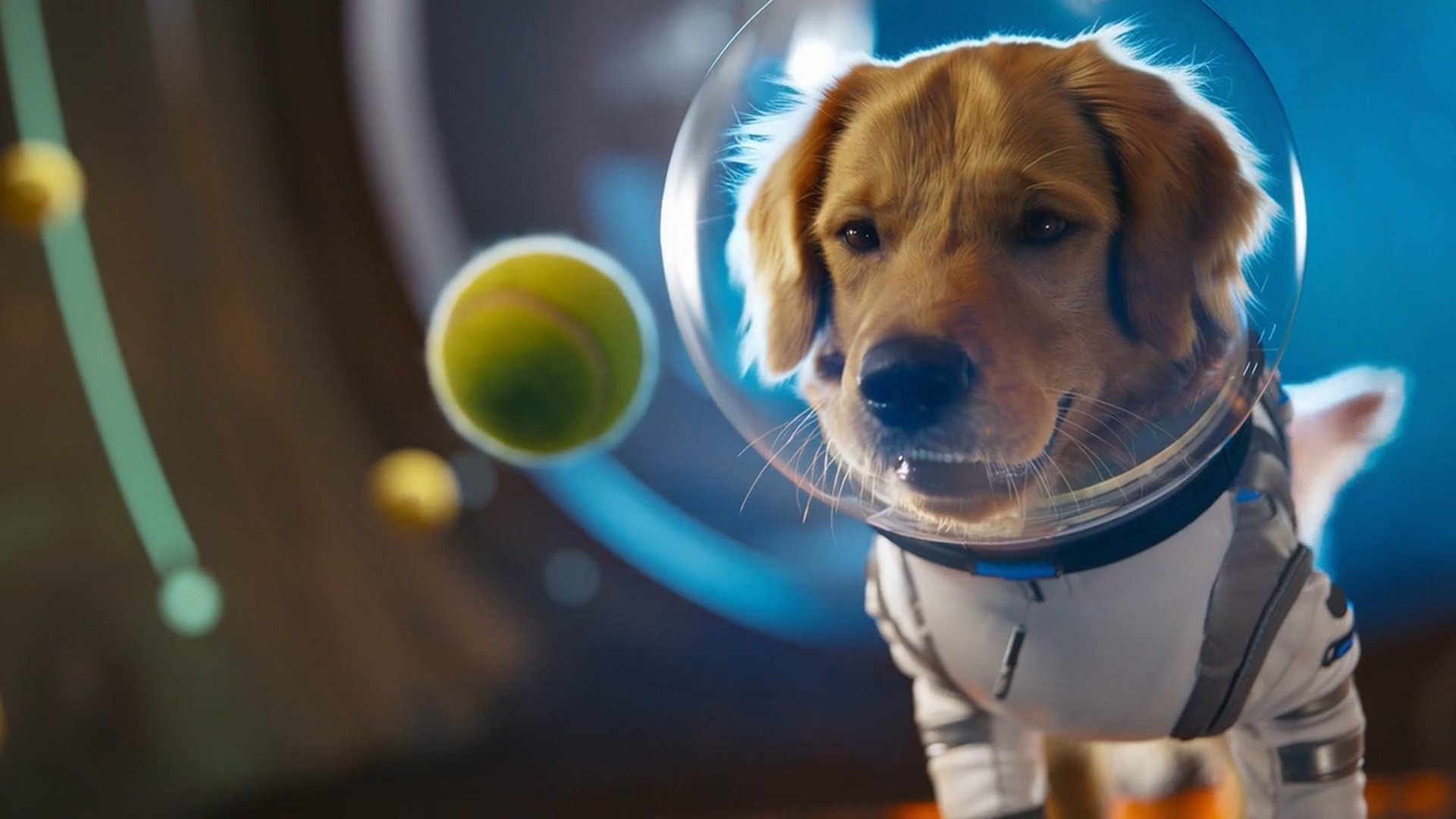How to Spot AI-Generated Videos from OpenAI’s Sora 2

Key Points
- Sora 2 creates highly realistic short video clips, reducing classic AI giveaways.
- Background details such as impossible proportions or odd character actions often reveal AI origins.
- Look for physics errors like mismatched lighting, shadows, or disappearing objects.
- Unnatural movement—including jerky human gestures or inexplicable object wobble—can be a telltale sign.
- Compression artifacts, grainy patches, and smudged areas may appear in the footage.
- Emotional manipulation can discourage viewers from questioning the content.
- Watermarks are not foolproof; removal can leave other visual clues.
- Verify the source account and cross‑check with reputable outlets.
- Slowing down your viewing helps spot subtle inconsistencies.
OpenAI’s upgraded text‑to‑video model, Sora 2, creates short clips that look increasingly realistic, making it harder to tell what is real. While the technology improves on earlier giveaways such as blurs and odd hand shapes, subtle flaws remain. Viewers can look for mismatched physics, strange background details, off‑kilter movement, compression artifacts, and inconsistencies in source accounts. Slowing down, checking emotions, and cross‑referencing with reputable outlets are recommended ways to verify authenticity. Developing these skills is essential as AI‑generated video becomes more convincing.
Why Spotting Sora 2 Matters
OpenAI’s Sora 2 model can generate short video clips that appear highly realistic, narrowing the gap between synthetic and real footage. The ability to distinguish AI‑generated content is no longer a novelty; it is a practical necessity as realistic videos could be used to mislead viewers, influence opinions, or spread false information.
Visual Clues in the Background
Although Sora 2 excels at rendering the main subject, background elements often betray the AI origin. Viewers should watch for impossible building proportions, shifting walls, misaligned lines, and background characters performing bizarre actions. These subtle errors can be easy to miss because attention naturally focuses on the foreground.
Physics and Lighting Inconsistencies
Real‑world physics obey consistent rules, and Sora 2 sometimes violates them. Look for objects that appear or disappear abruptly, lighting that does not match the scene, shadows that fall in the wrong direction, and reflections that show nothing or move unnaturally. Even when the overall aesthetic feels right, these physics glitches remain a clear indicator.
Movement That Feels "Off"
Human‑like motion is a common weakness. AI‑generated people may blink too frequently, smile with unnatural smoothness, or move like jerky puppets. Non‑human elements can also wobble without cause, hair may blow in a non‑existent wind, and fabric can shift for no reason. These tiny animations often feel out of place.
Compression Artifacts and Smudges
Sora 2’s output still shows irregularities in compression. Grainy patches, warped textures, smudged areas where something was edited out, or overly clean spots that look airbrushed can appear. Low‑resolution or body‑cam‑style footage can mask these flaws, making verification more challenging.
Emotional Manipulation
AI videos are frequently designed to provoke strong emotions—shock, awe, sadness, or anger. When a viewer reacts instantly, they are less likely to pause and question the content. Recognizing this tactic helps users stay critical, especially when the video aligns with their existing beliefs.
Watermarks and Source Credibility
Some Sora 2 videos include a subtle moving watermark, but reliance on watermarks is risky. They can be cropped, blurred, or faked. When a watermark is removed, other clues such as odd aspect ratios, black bars, or awkward cropping may appear. Checking the account that shares the video is also vital; random viral pages that thrive on sensational clips are more likely to distribute AI‑generated material.
Cross‑Checking and Slowing Down
Authentic news stories are typically covered by multiple reputable outlets. Verifying a video against other sources, tracing its original upload, and examining metadata are standard newsroom practices. If a clip exists only on a single platform, especially one known for viral content, skepticism is warranted. Finally, slowing down the viewing process gives the brain time to notice inconsistencies and reduces the chance of being misled.